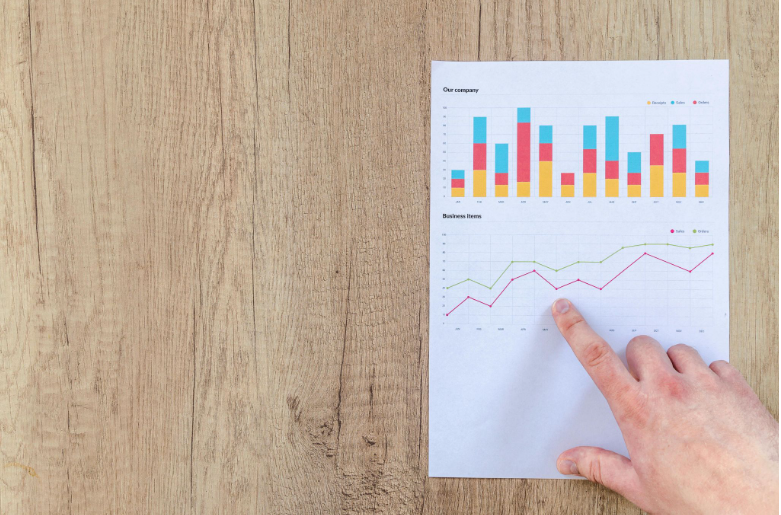ARTICLE
How to Measure Customer Lifetime Value?

Understanding and computing Customer Lifetime Value (CLV) is essential for businesses looking to stand out in today’s competitive marketplace. CLV is not about winning a customer; it’s about creating relationships and getting maximum value over time. This is a comprehensive guide to understanding what CLV is, why it is important, and how to do the math.
What is Customer Lifetime Value (CLV)?
Customer Lifetime Value (CLV) is the amount of value that a customer provides to an organization over his or her lifetime. It takes into account the initial purchase and factors in all the subsequent purchases, word-of-mouth referrals, and loyalty over a long period. CLV provides a measure of the economic sense of acquiring and retaining customers over the long term and, therefore, is an important measure of long-term business growth.
Why is CLV Important?
Strategic Decision Making:
CLV guides strategic decisions for marketing, sales, and customer service by specifying high-value groups of customers and resource allocation.
Customer-Oriented Strategy:
CLV orientation allows companies to focus on customer satisfaction and loyalty, thereby allowing for higher customer retention and lifetime value.
Predictive Insights
CLV enables businesses to predict future revenue and consumer actions so that they can take pre-emptive measures in establishing better relations with customers.
Financial Performance:
CLV analysis achieves maximum return on investment (ROI), maximizes marketing spending, and gains maximum overall profitability.
How to Measure CLV
Data Collection:
Gather historical transactional data:
Collect data on past purchases, including frequency, monetary value, and recency.
Customer demographics and behavior:
Capture information such as demographics, browsing history, and interactions with marketing campaigns.
Cost data:
You need to calculate the cost of acquiring and servicing customers, which includes marketing expenses, sales commissions, and operational costs.
Calculate Average Purchase Value (APV):
The Average Purchase Value (APV) refers to the average amount a customer spends per transaction. You may calculate by dividing total revenue by the number of purchases.
Determine Average Purchase Frequency (APF):
Average Purchase Frequency (APF) typically measures how often customers make purchases within a specific timeframe. You can calculate by dividing the total number of purchases by the number of unique customers.
Calculate Customer Value (CV):
As previously indicated, Customer Value (CV) represents the total value a customer contributes over a given period. It is determined by multiplying the Average Purchase Value (APV) by the Average Purchase Frequency (APF).
Estimate Customer Lifespan (CL):
Customer Lifespan (CL) represents the average duration of the customer relationship. It is typically calculated by dividing 1 by the churn rate (the rate at which customers stop purchasing).
Compute CLV:
Customer Lifetime Value (CLV) is calculated by multiplying the Customer Value (CV) by the Customer Lifespan (CL).
Adjustments for Discount Rate and Costs
Discount Rate:
Apply a discount rate to future cash flows to account for the time value of money and business risk.
Costs:
Subtract the costs associated with servicing and retaining customers from the calculated CLV to obtain the net CLV.
Challenges and Considerations
Data Quality and Integration:
Ensure consistency and accuracy of data across multiple systems and sources in order to produce reliable CLV estimates.
Customer Segmentation:
Segment customers according to behavioral characteristics, preference, and profitability in order to personalize marketing and achieve maximum CLV.
Dynamic Nature of CLV:
Review and recalculate CLV at regular intervals to incorporate changes in customer behavior, alterations in the marketplace, and adjustments in business strategy.
External Factors:
Consider the external factors such as economic situations, industry patterns, and rivalry while interpreting CLV metrics.
Conclusion:
Customer Lifetime Value (CLV) is a fundamental measure for businesses that want to achieve sustainable growth and profitability. Accurately measuring CLV and using the information derived from it allows businesses to optimize the use of resources, enhance customer relationships, and build long-term value. With constantly evolving customer expectations and growing competition, becoming an expert in CLV is essential to succeed in today’s fast-paced business environment.
For end-to-end customer churn management solutions and CLV optimization, organizations may utilize solutions like Churn Solution. Churn Solution offers leading-edge analytics and predictive models that help organizations detect and prevent customer churn, ultimately resulting in higher customer lifetime value and sustainable growth.
















